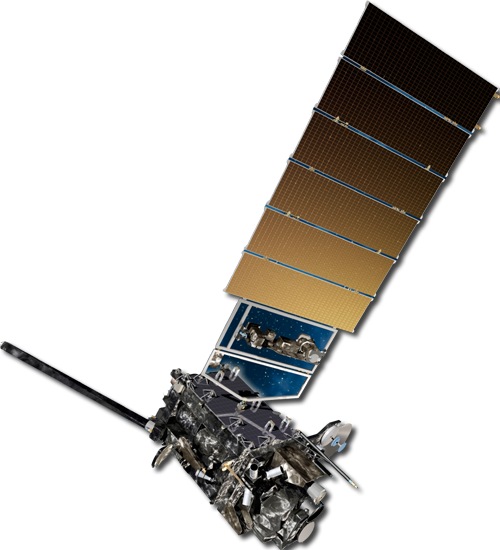Monitoring the Global Environment

Remote Sensing Urban Heat Islands - I
The urban heat island is clearly evident in a statistical study of surface air temperatures (Woolum, 1964). It is also apparent on cloud-free satellite images, as shown in this accompanying 11 micrometer image produced with the Advanced Very High Resolution Radiometer (AVHRR) which is part of MODIS. The image has a spatial resolution of approximately 1 km. At this wavelength, the AVHRR measures the amount of radiant energy emitted by the surface and the tops of clouds, which is proportional to the temperature of the emitting body. The warmer the body, the greater the amount of radiant energy it emits.
Hands-on Activity
This Java Applet will help you learn to identify urban heat islands on satellite images.
It uses AVHRR images. Notice that on this day in April, the land is warmer (it appears
darker in the image) than the Great Lakes and the Atlantic Ocean. Urban heat islands appear
on the image as "dark blemishes". White portions of the image represent
cold objects (e.g., cloud tops) and dark regions are warm areas.
A map is overlain the image to help orient you to the geography of the region. The
city of Pittsburgh is marked to help you recognize the heat island
feature.
Find the following geographic regions: Lake Erie, Lake Ontario, Long Island, Chesapeake
Bay, Delaware Bay, Hudson River, Finger Lakes, Appalachian Mountains.
| 13/ 15 |





